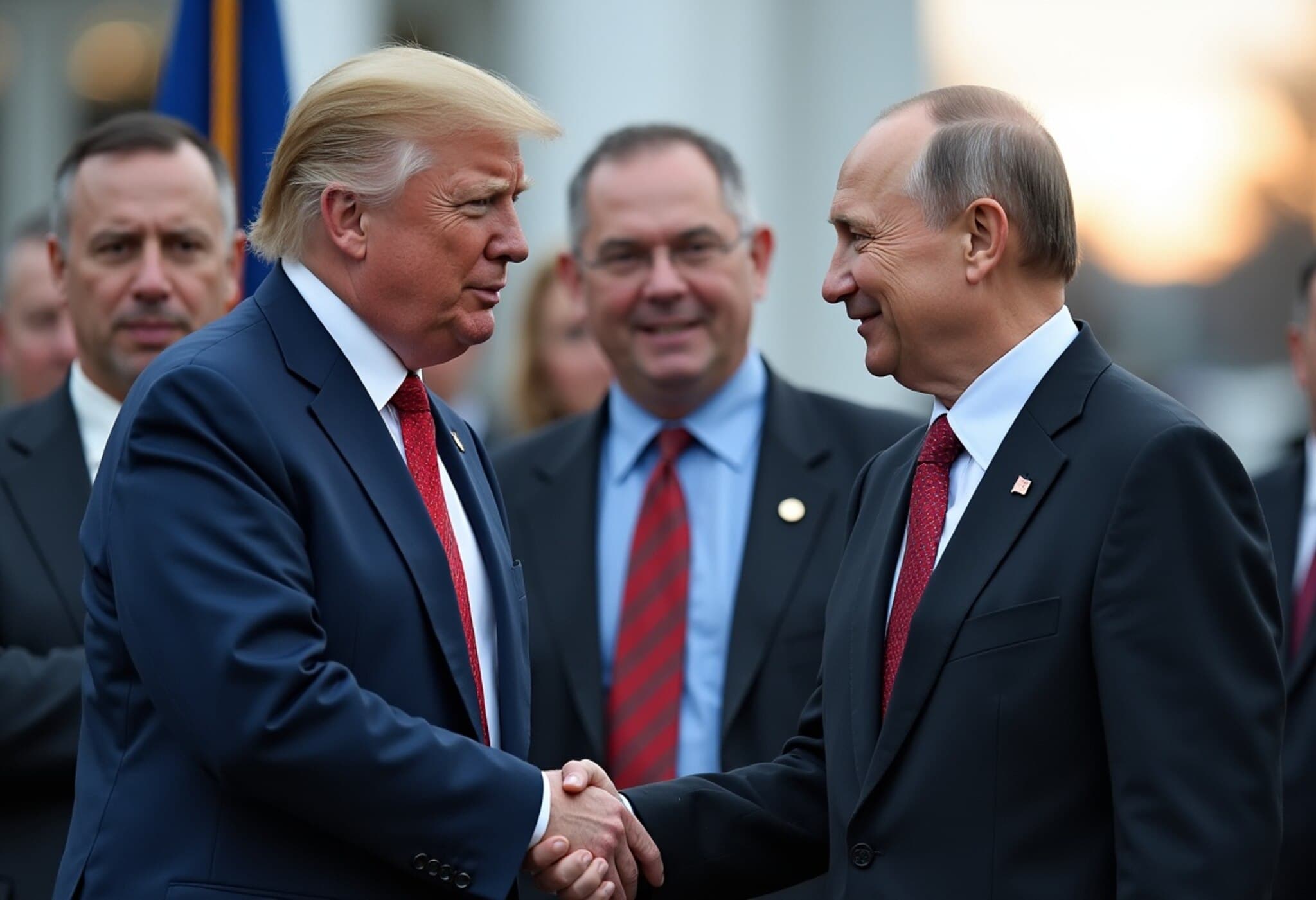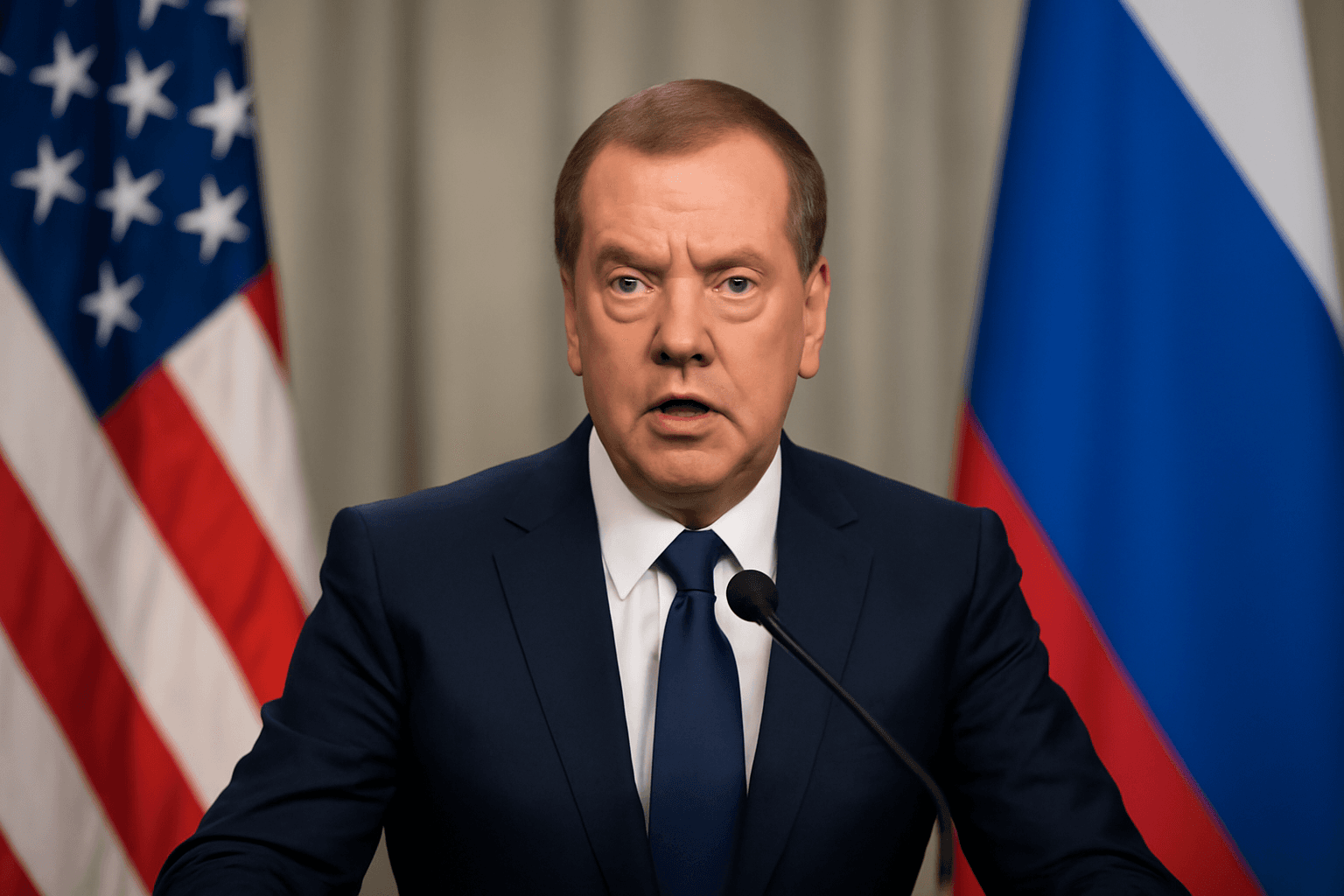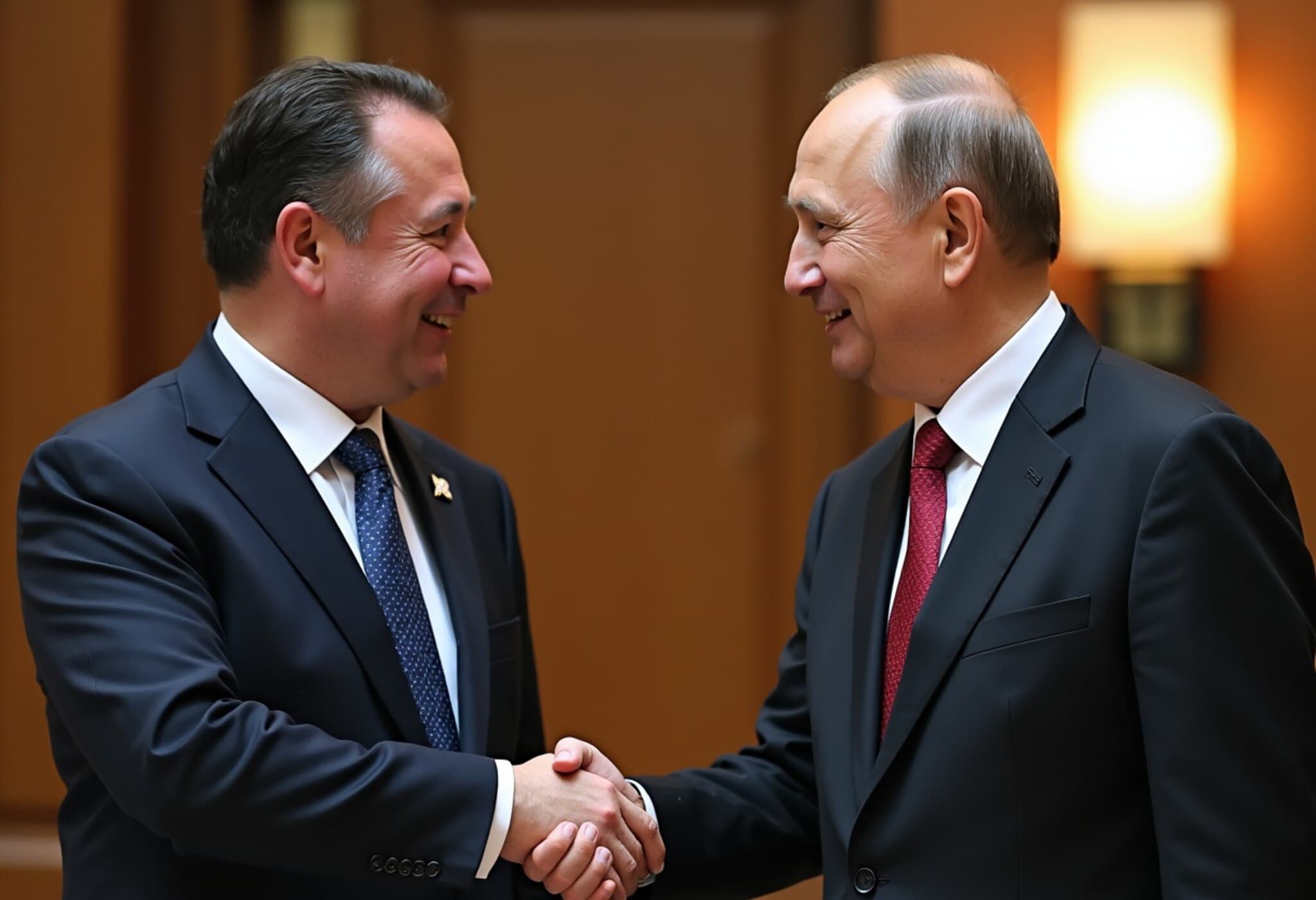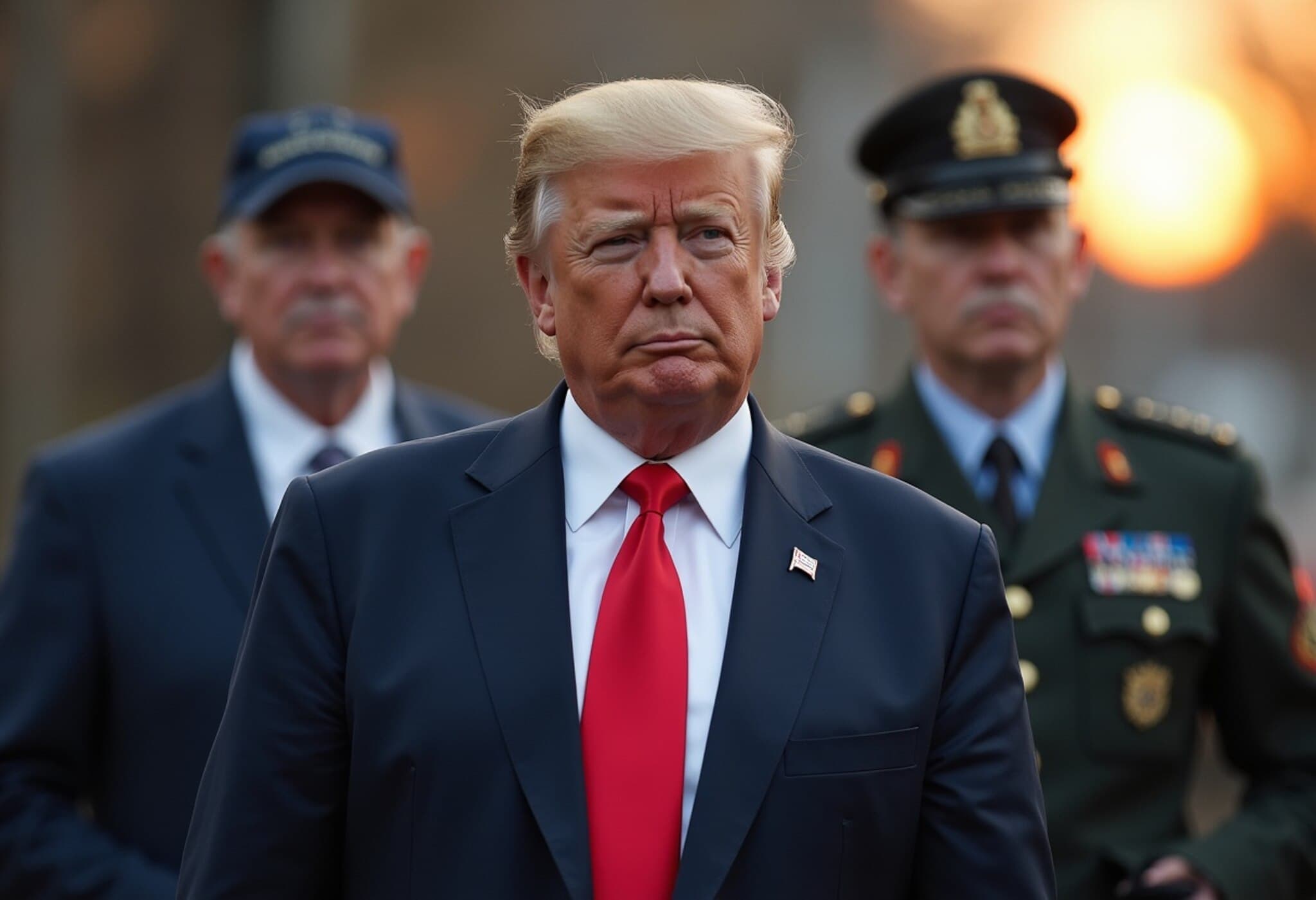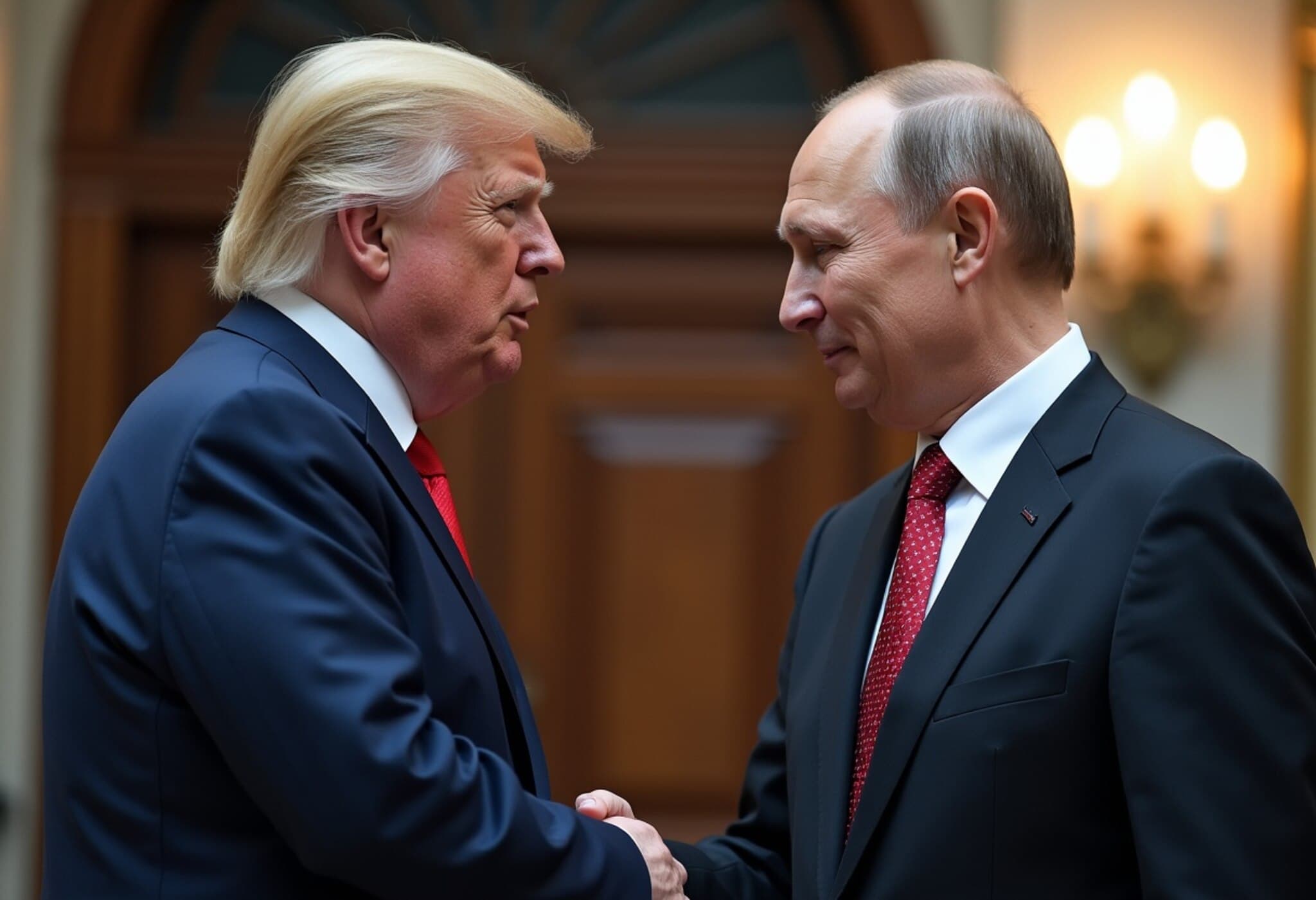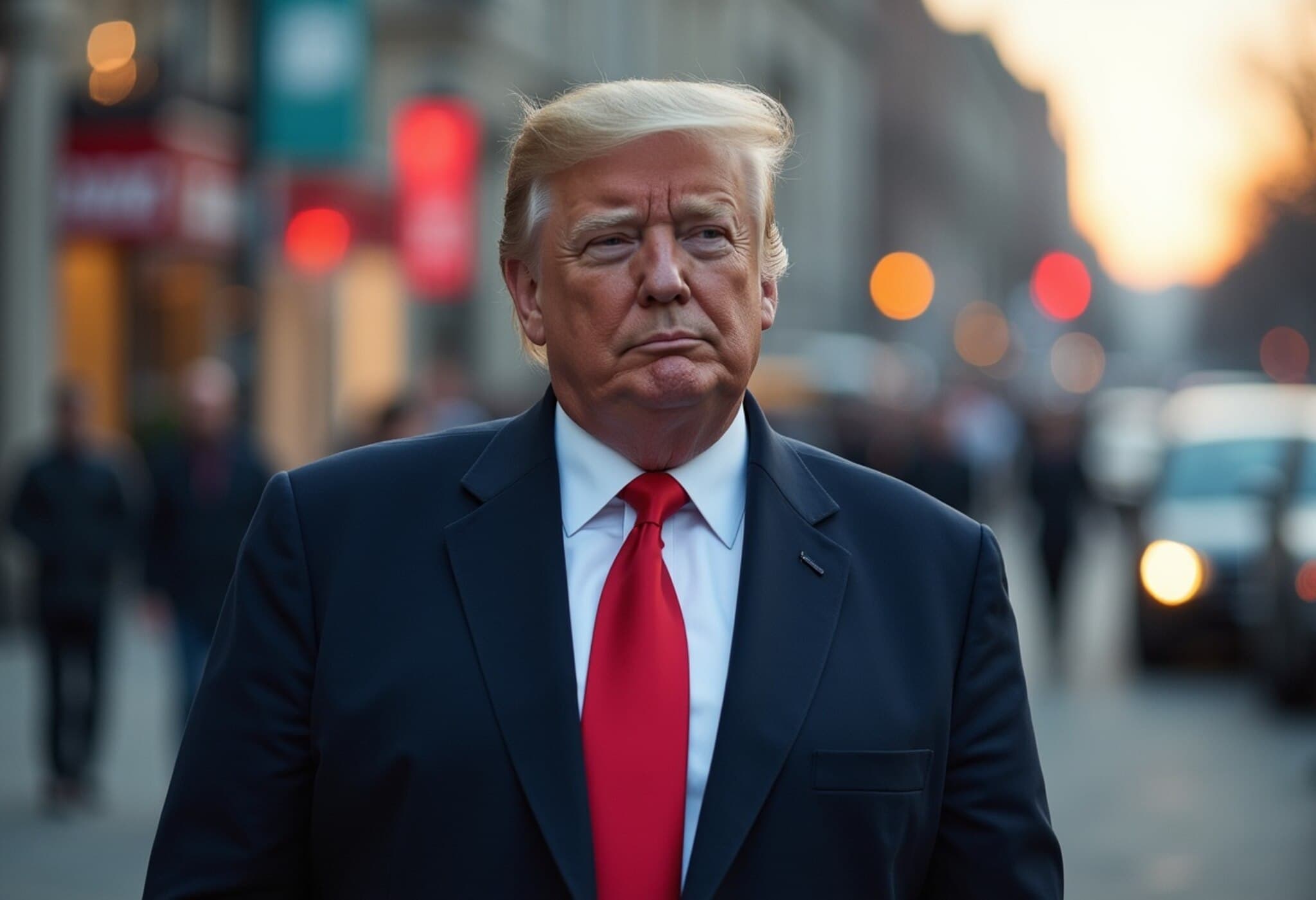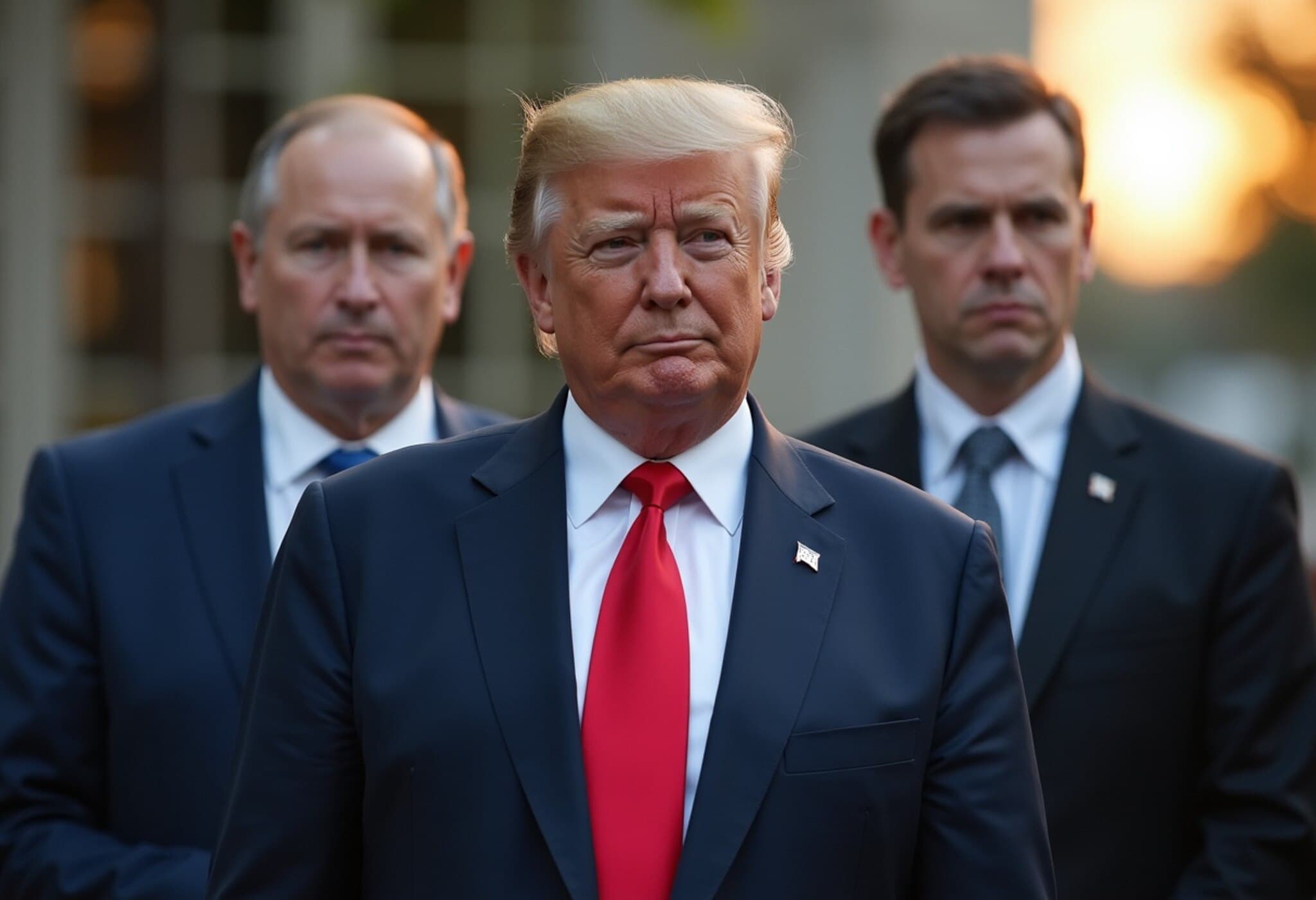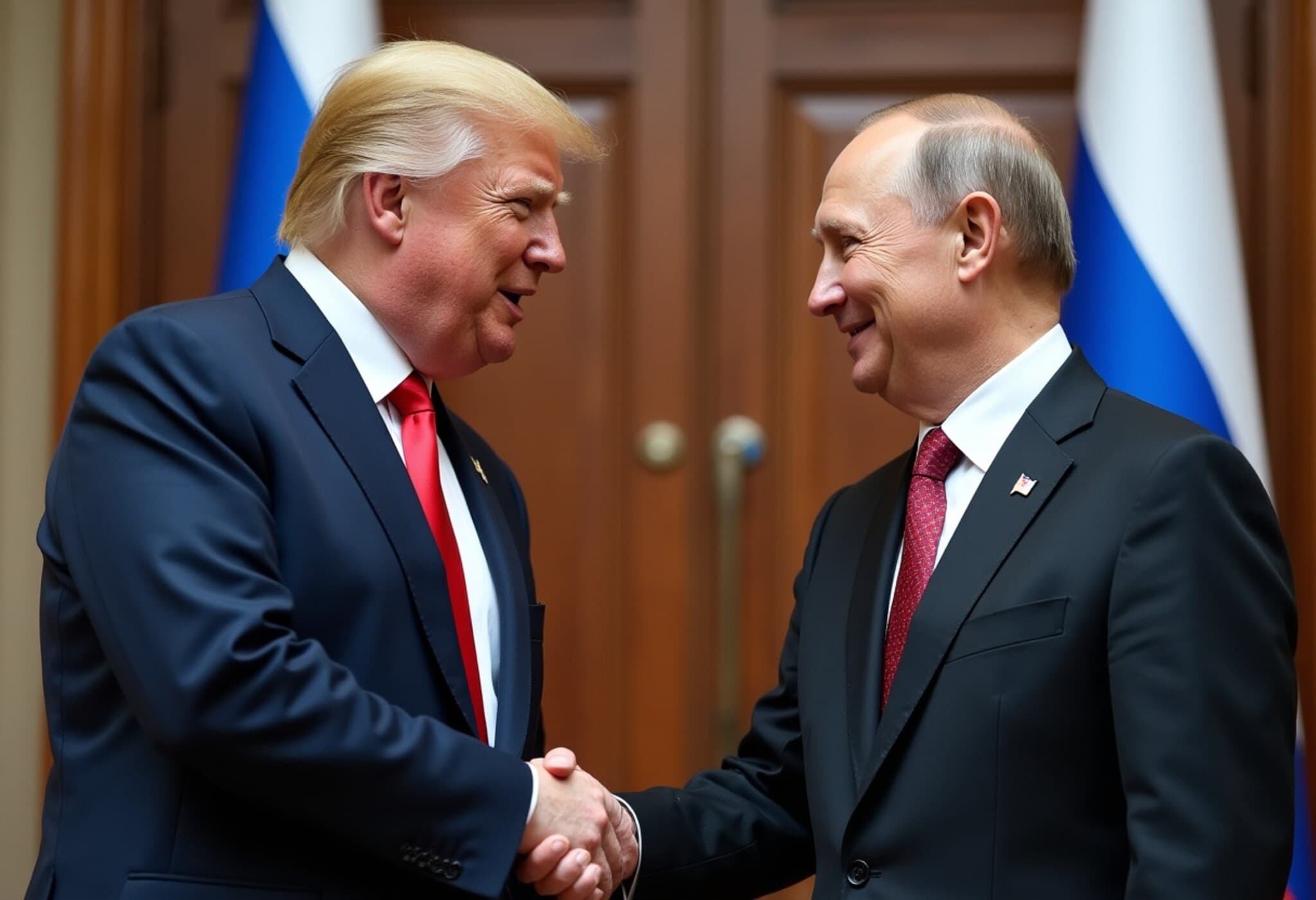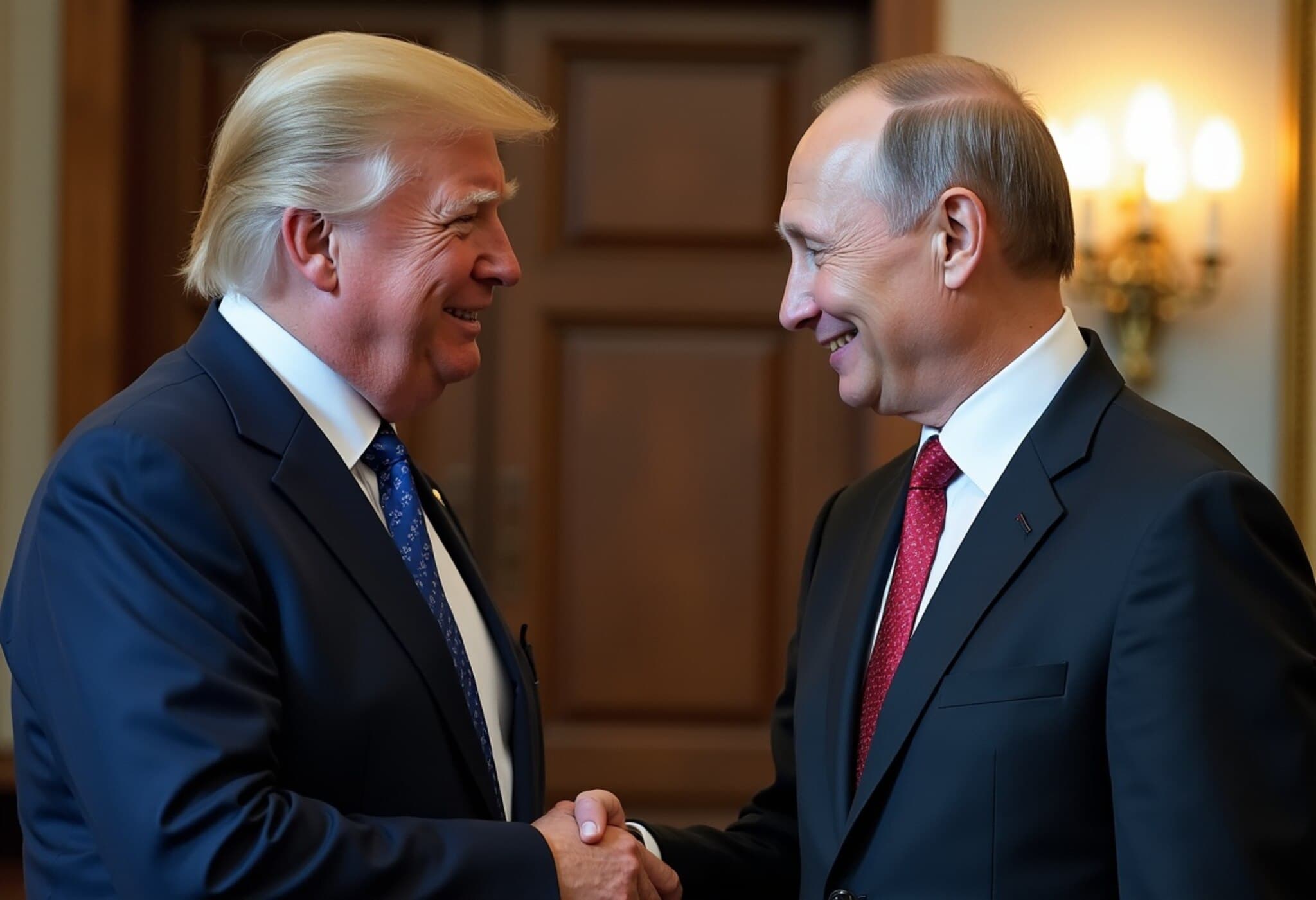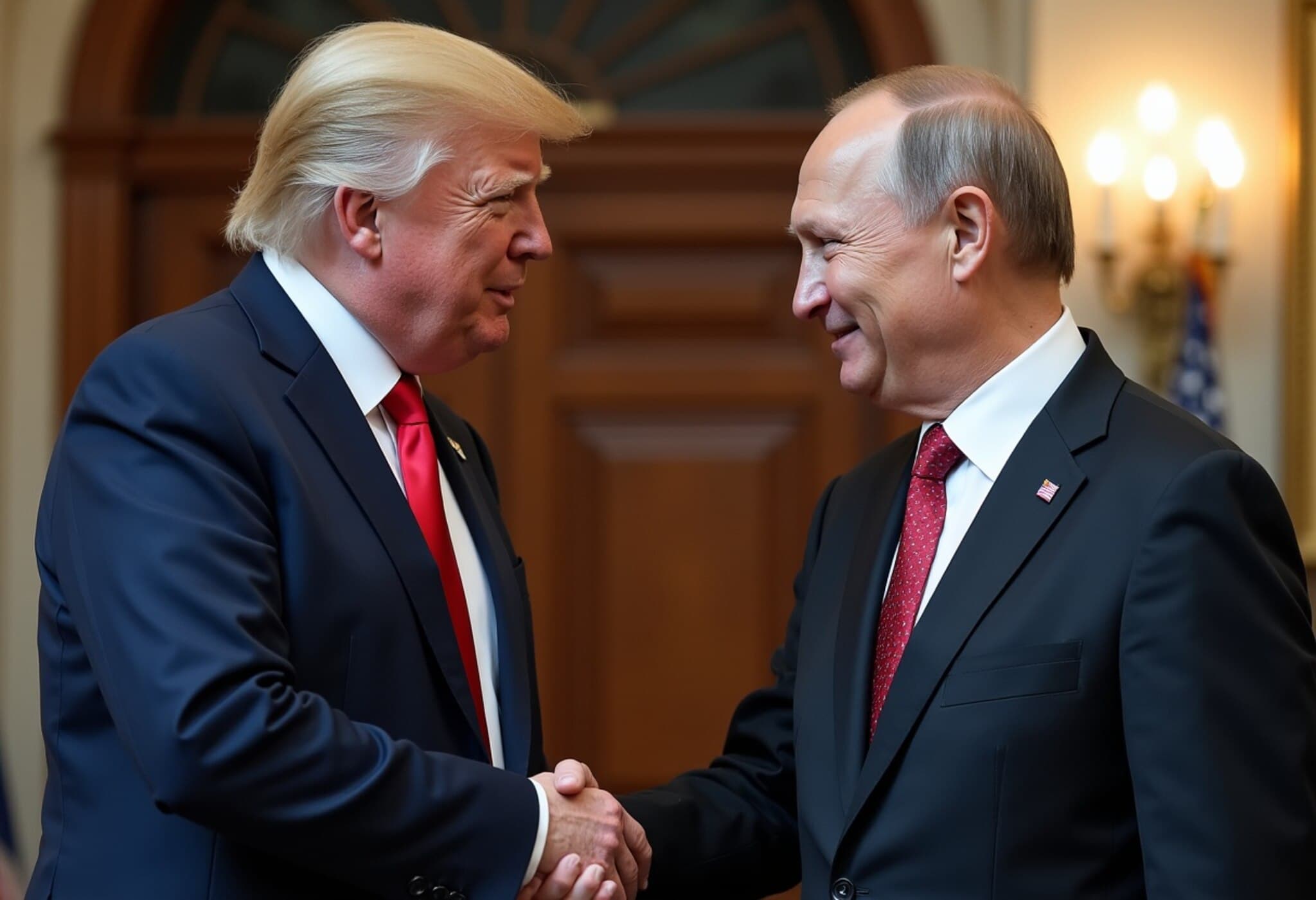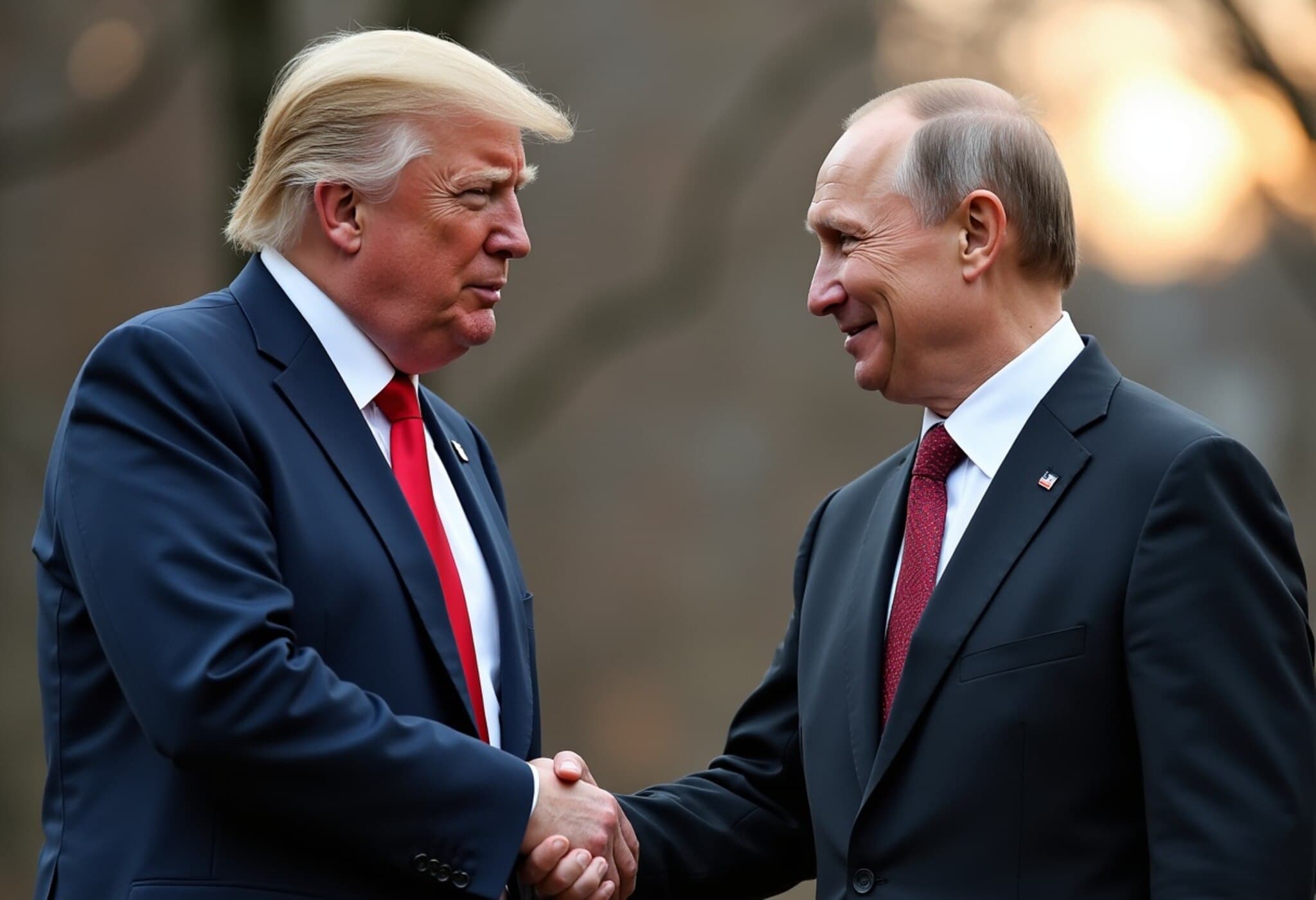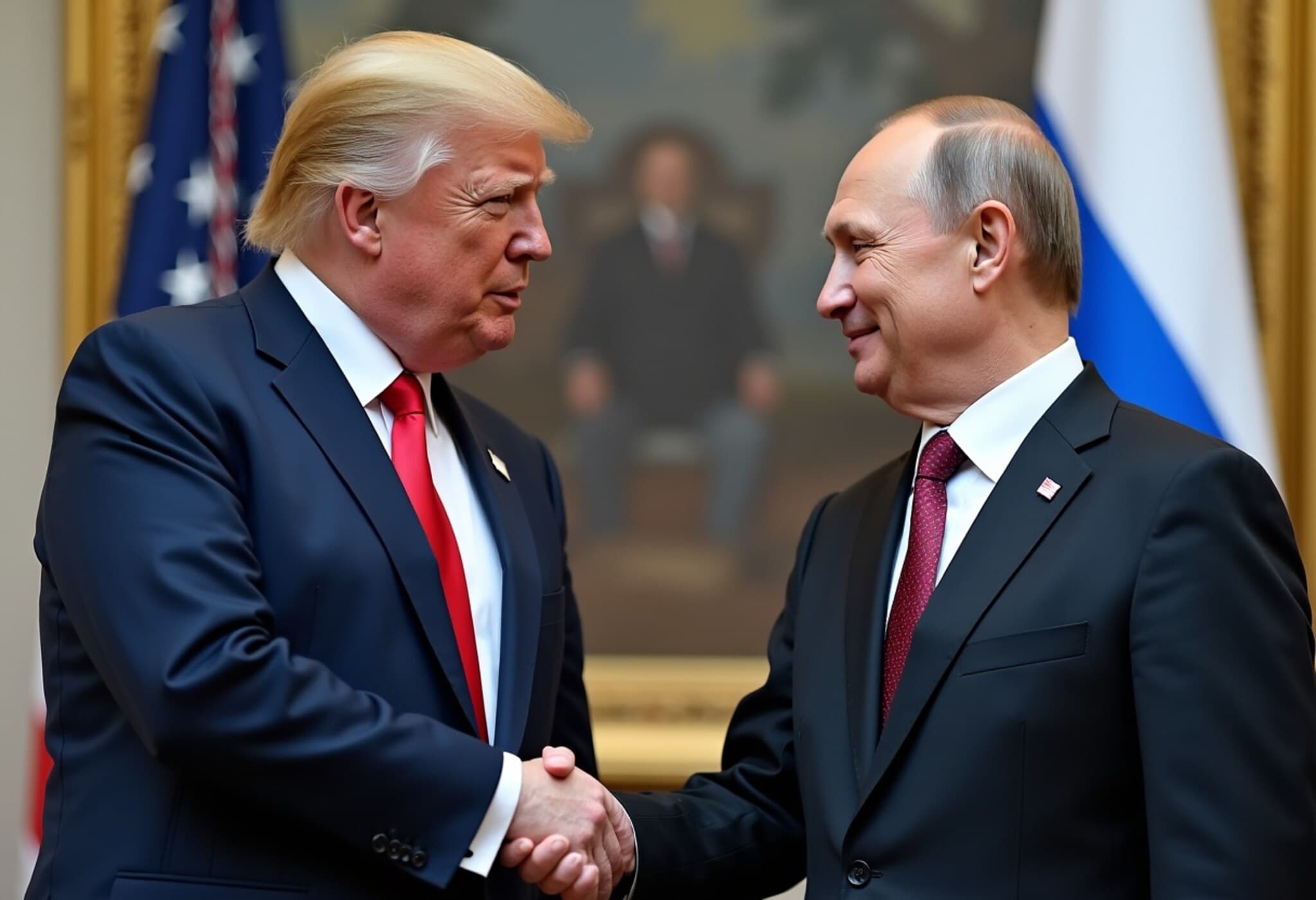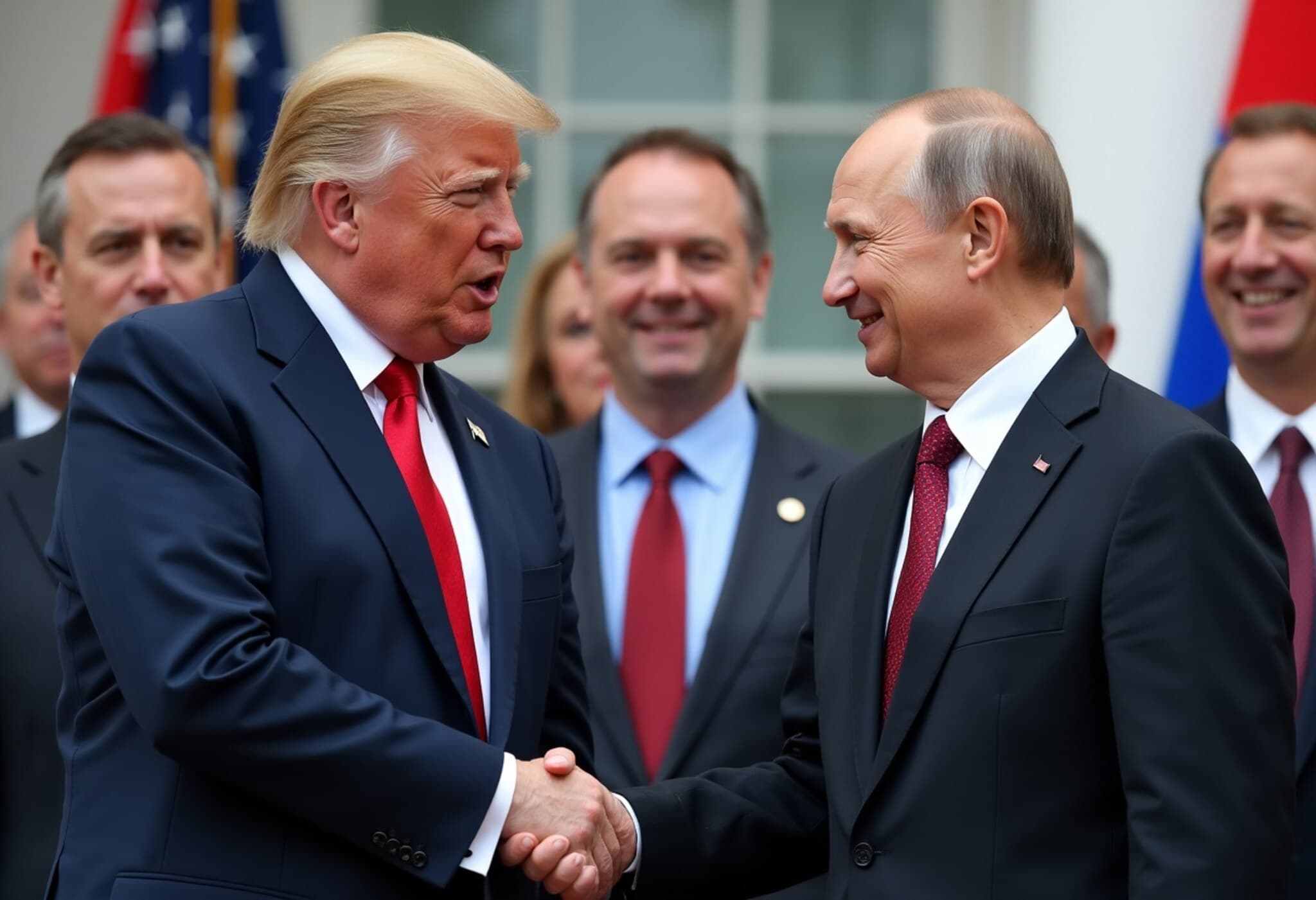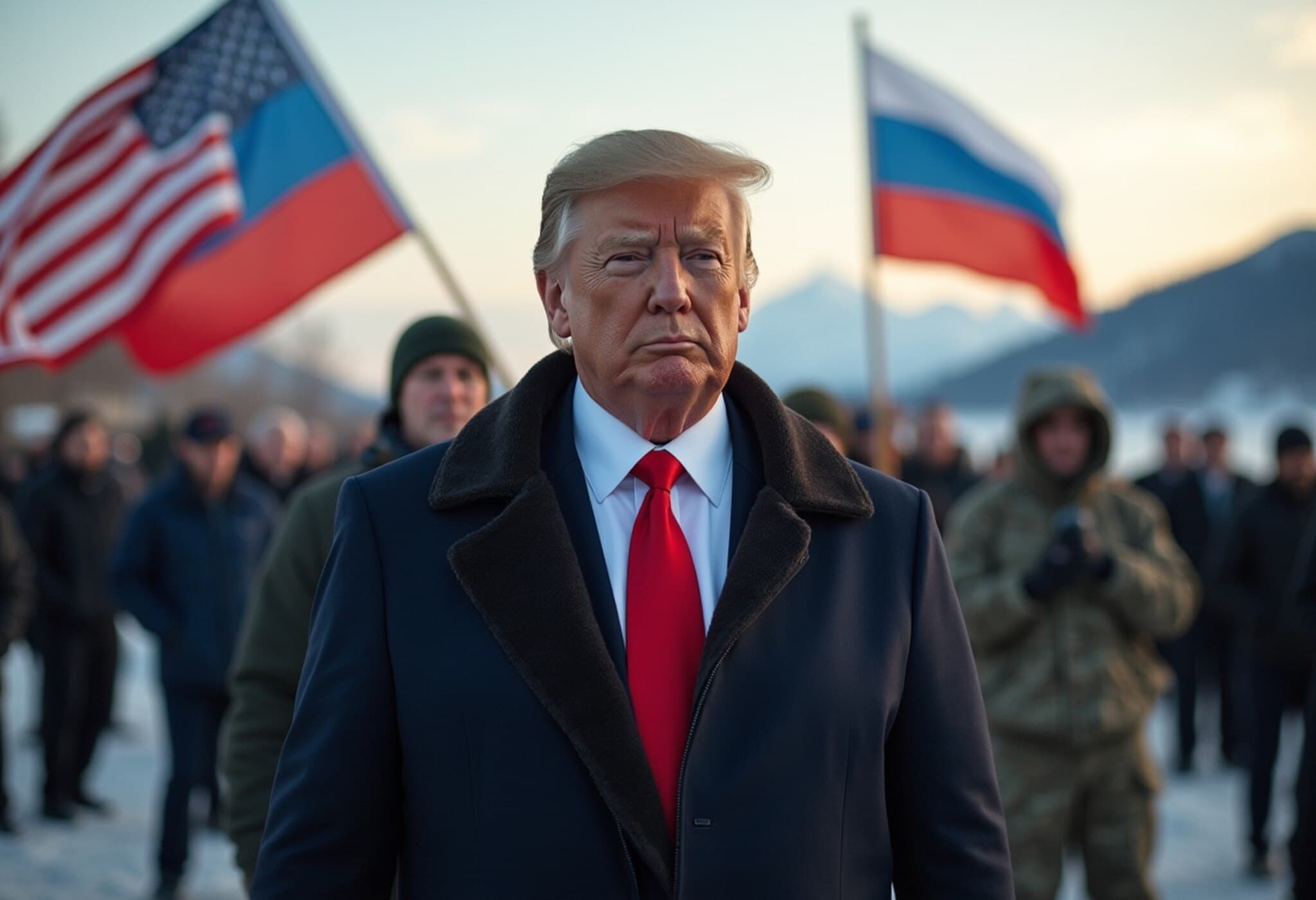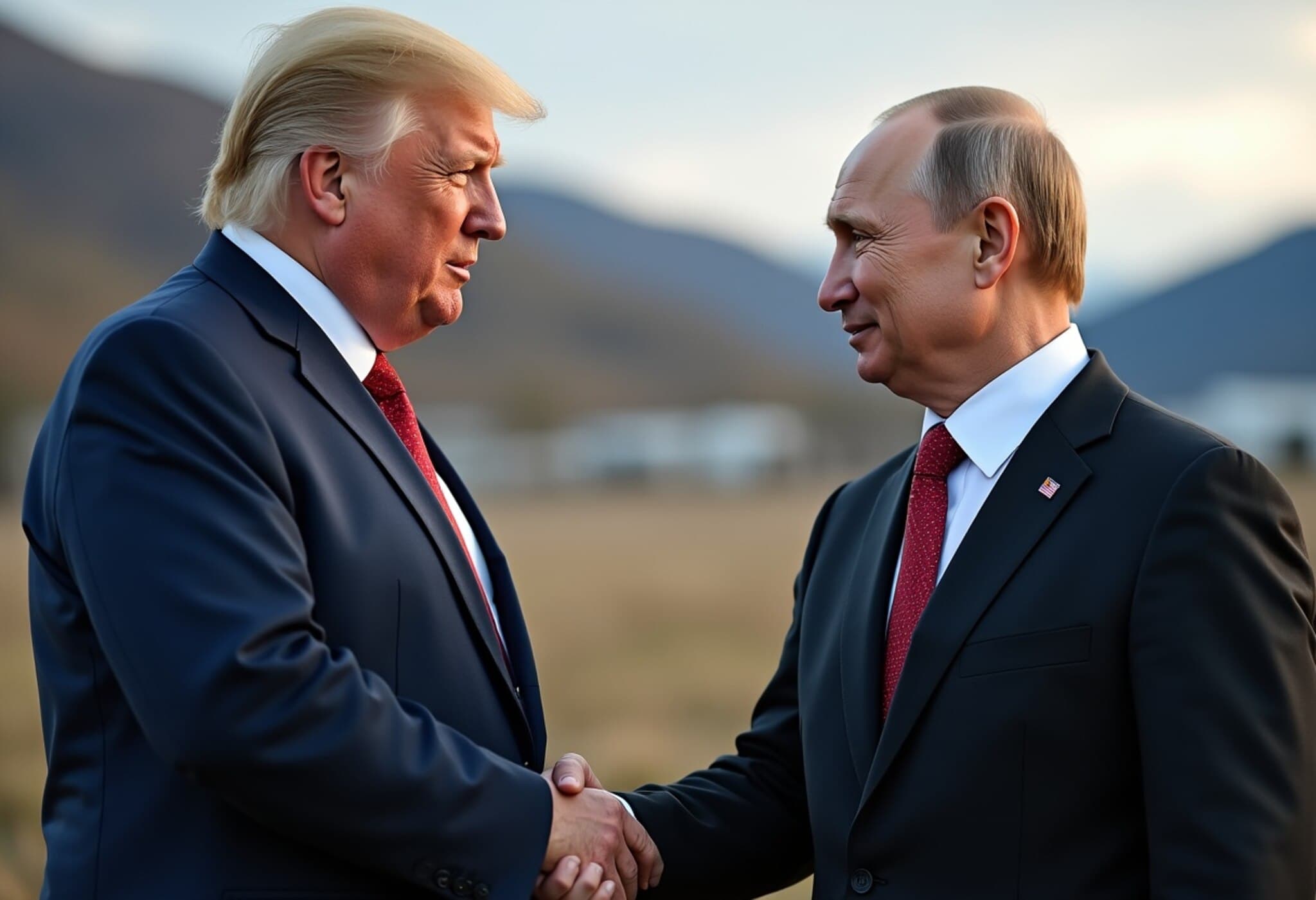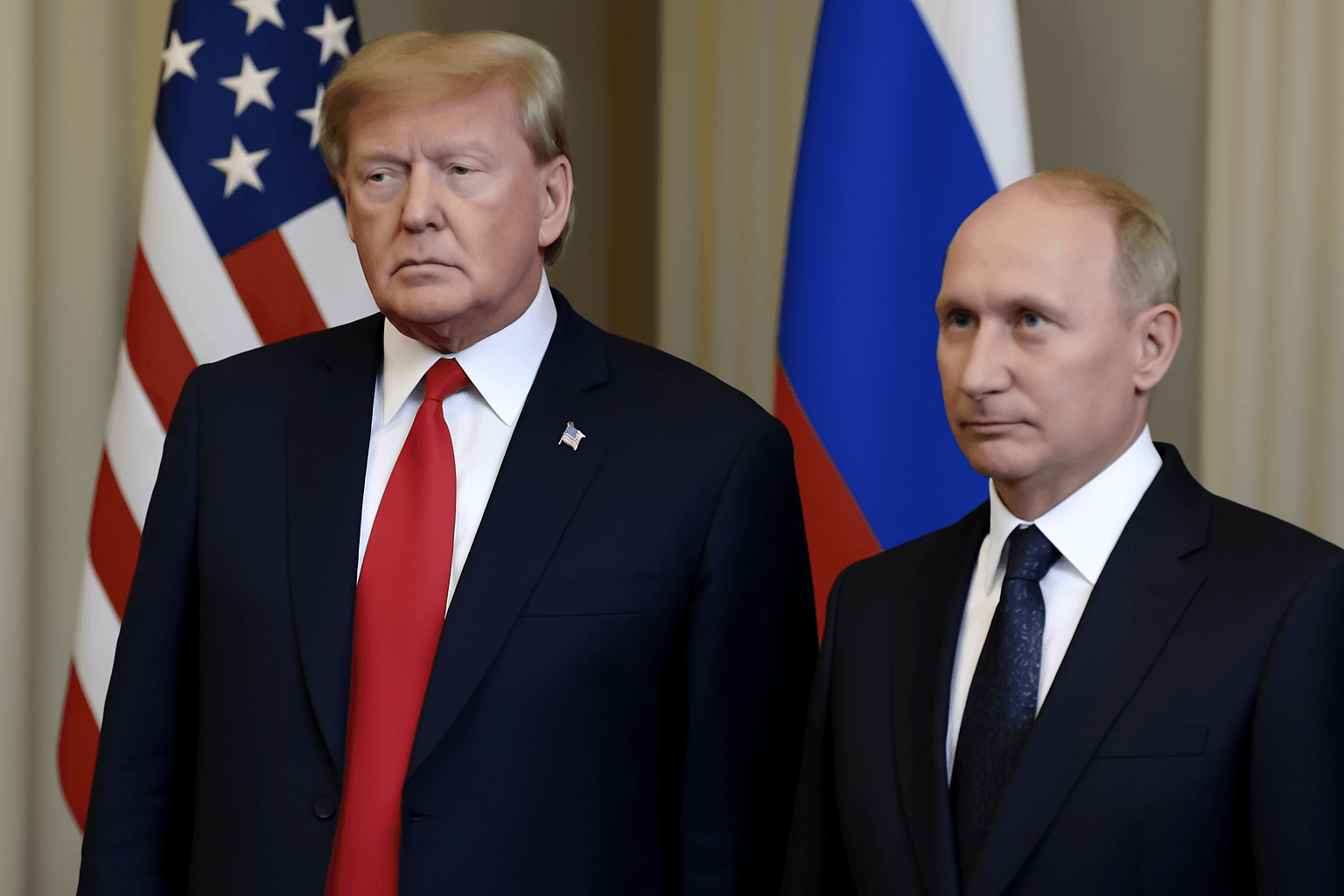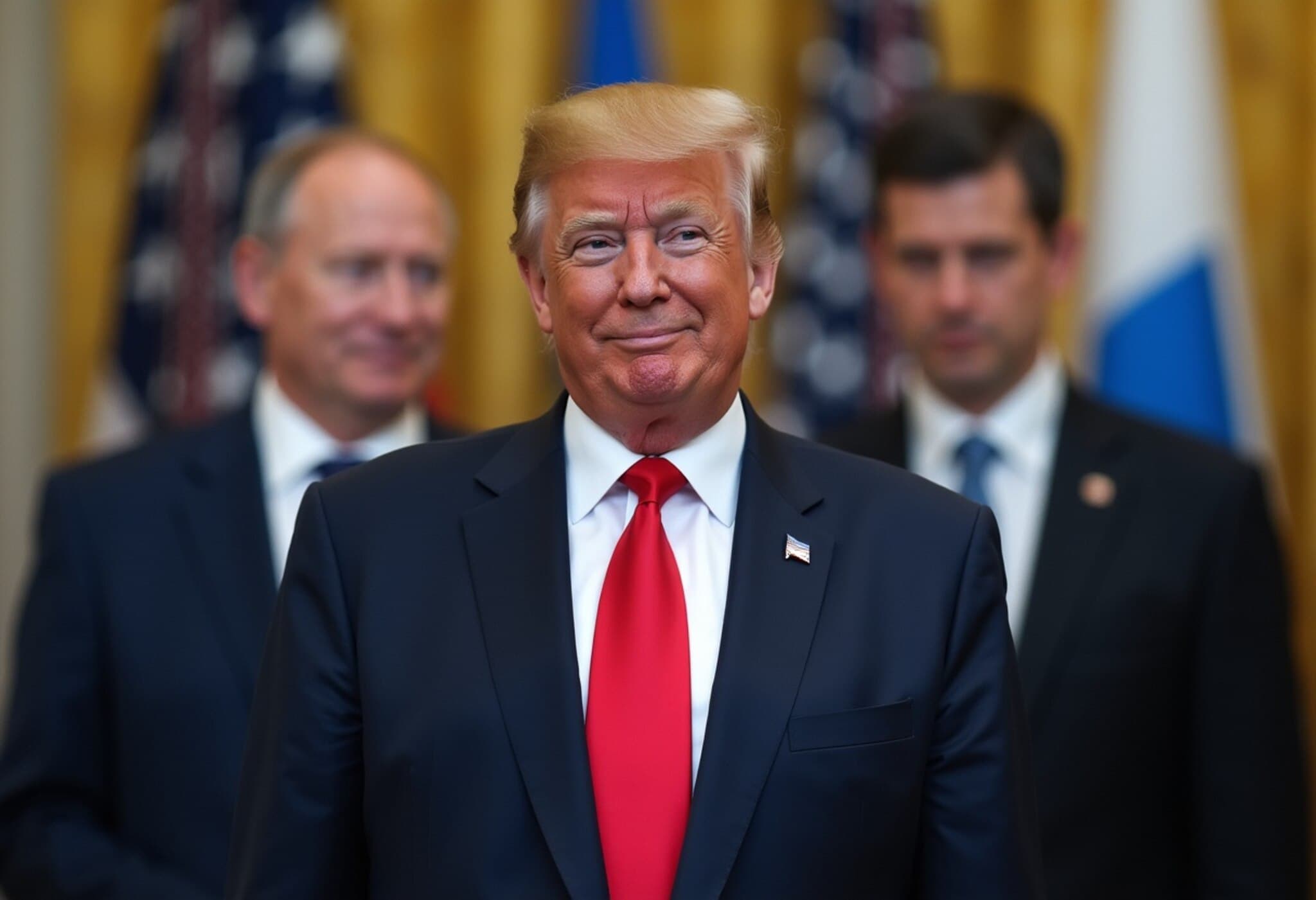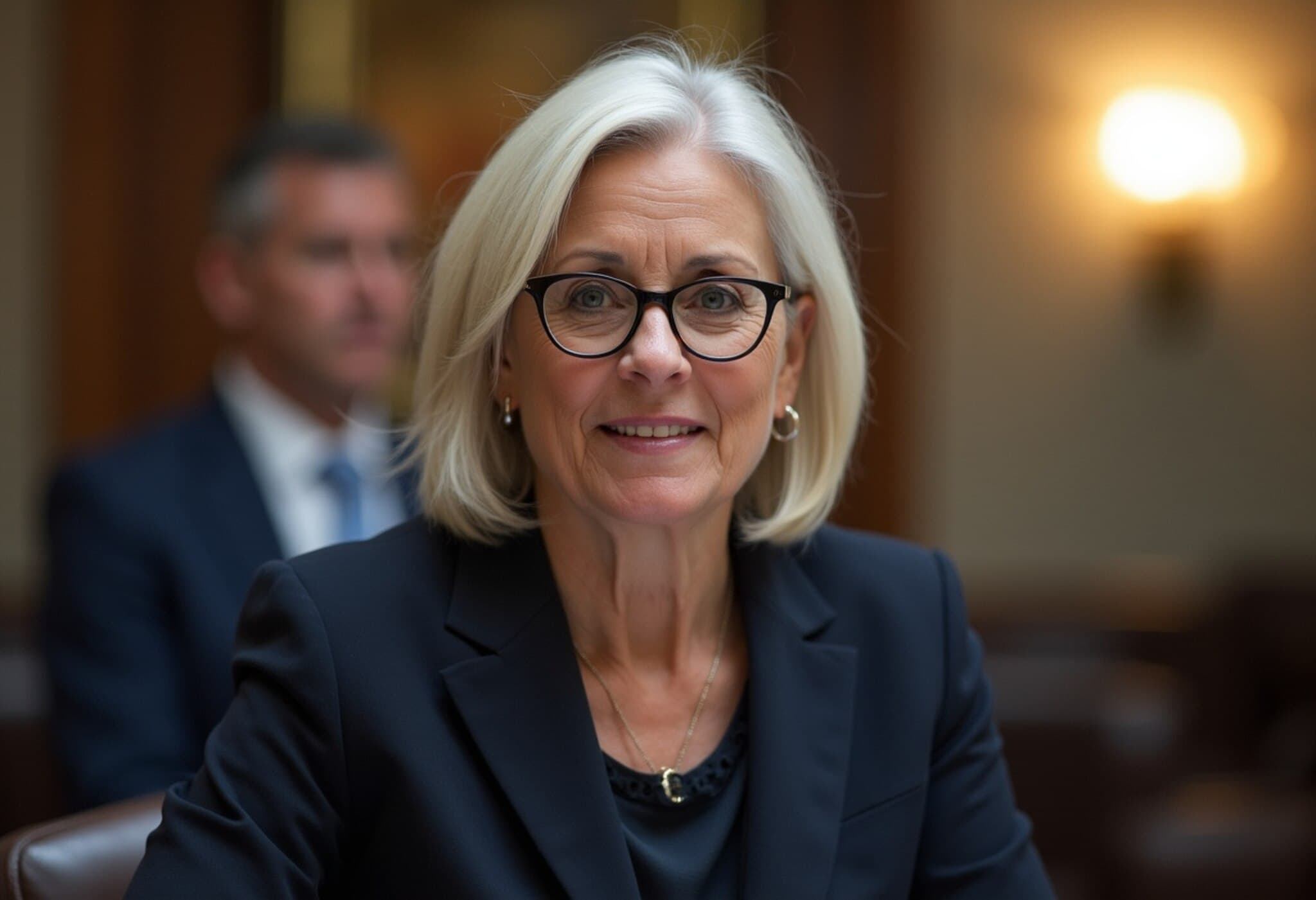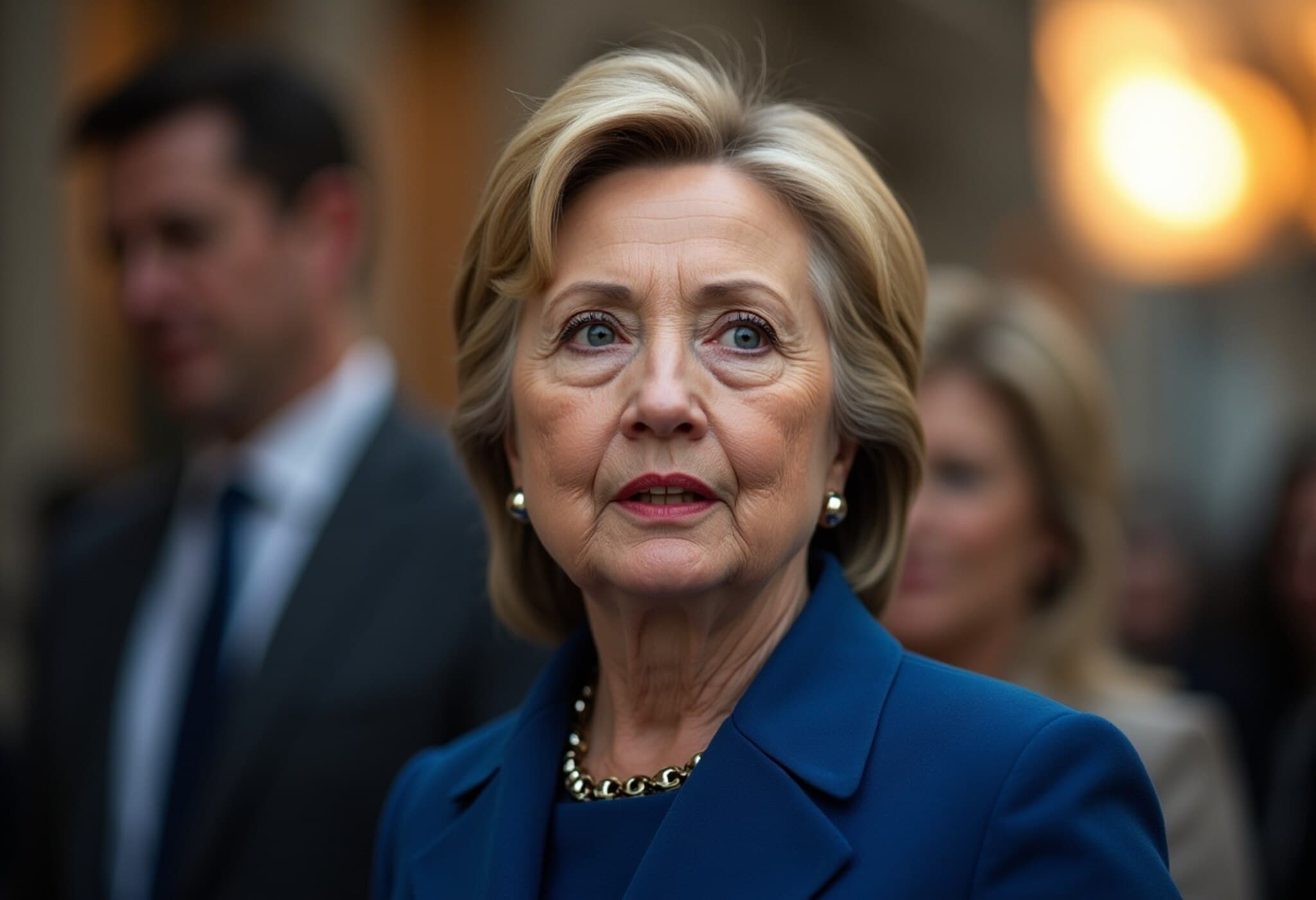Trump-Putin Summit Unfolds at Alaska's Joint Base Elmendorf-Richardson
On August 15, 2025, the world witnessed a rare and significant moment as former US President Donald Trump met with Russian President Vladimir Putin at the US military’s Joint Base Elmendorf-Richardson in Anchorage, Alaska. This marked the first US-Russia summit in four years amid the ongoing conflict in Ukraine—a conflict that continues to reshape geopolitical dynamics in Europe and beyond.
A Meeting Fraught with Symbolism and Historical Overtones
President Trump framed the discussions as "the start of the end of the deadliest war in Europe since World War Two," underscoring hopes to negotiate peace amidst a brutal conflict. Putin, meanwhile, conveyed a cautious openness to a possible deal that could limit hostilities, hinting at broader diplomatic engagement beyond Ukraine. The summit's setting—a Cold War-era air force base in the far reaches of Alaska—was itself emblematic, evoking echoes of decades-long East-West tensions and underscoring Alaska’s unique geographic and strategic position.
Provocations and Cultural Signals: The USSR Sweatshirt and Kyiv Cutlets
Adding an unusual cultural dimension to the summit, Russian Foreign Minister Sergei Lavrov arrived wearing a sweatshirt boldly emblazoned with "USSR," stirring unease among Russia's neighbors and commentators worldwide. Such gestures, along with reports of Russian journalists dining on chicken Kyiv—a classic Ukrainian dish—signaled subtle yet pointed provocations, underscoring Russia's persistent assertiveness.
These incidents occurred alongside logistical challenges as hundreds of international journalists descended on Anchorage. With hotels fully booked, reporters were housed in unconventional venues such as the local ice hockey arena, repurposed with army cots, highlighting the intense media interest and operational hurdles surrounding the summit.
Local Reactions: Protests, Anxiety, and Historical Context
Anchorage’s streets were alive with passionate voices. Hundreds gathered waving Ukrainian flags and condemning Putin as a "war criminal." Ukrainian expatriate Hanna Correa expressed deep emotional resonance with the support she witnessed for Ukraine, while some locals voiced anxiety about Alaska’s proximity to Russia’s Far East—just 90 kilometers away. Comments like Anchorage resident Russell Wilson’s, warning that "we could be the next Ukraine," reveal the palpable fear of geopolitical spillover.
Yet, perspectives varied. Some residents, like fisherman Don Cressley, cautiously endorsed the talks if they could end the devastation in Ukraine, while others remained skeptical about the summit’s outcomes. Veteran protester Christopher Kelliher voiced outright opposition to Putin’s presence on US soil, reflecting broader American unease about rapprochement with Russia amid ongoing hostilities.
Absent Voices and Broader Implications
Notably absent from the summit was Ukraine’s President, a decision that sparked criticism among Ukrainians abroad who felt sidelined in discussions directly affecting their nation’s future. Experts warn that any agreement risks freezing the conflict rather than resolving it, raising critical questions about the long-term prospects for peace and security in Eastern Europe.
Expert Commentary: The Stakes Beyond the Summit
From a policy perspective, this summit underscores the complexities of US-Russia relations, balancing diplomacy with deterrence. Alaska’s selection as venue not only underscores its geostrategic significance but also rekindles awareness of historical ties—Alaska was Russian territory until 1867—and current vulnerabilities. The meeting highlights the delicate interplay between national security, regional stability, and global power alignments.
As the world watches, key questions linger: Can diplomatic engagement translate into tangible peace for Ukraine? Will Alaska’s frontier communities face geopolitical reverberations? And ultimately, how will this summit shape the future trajectory of US-Russia relations amid intensifying global uncertainties?
Editor's Note
This unprecedented summit between Donald Trump and Vladimir Putin in Alaska brings to light the intricate web of history, geopolitics, and human stories that define today's conflict in Ukraine. While the backdrop of Cold War-era symbolism looms large, the voices of local communities, Ukrainian expatriates, and global observers remind us that the stakes are deeply personal and profoundly urgent. Readers should watch closely for how this dialogue advances peace efforts and understand the critical roles regional dynamics and public sentiment play in shaping diplomatic success.

